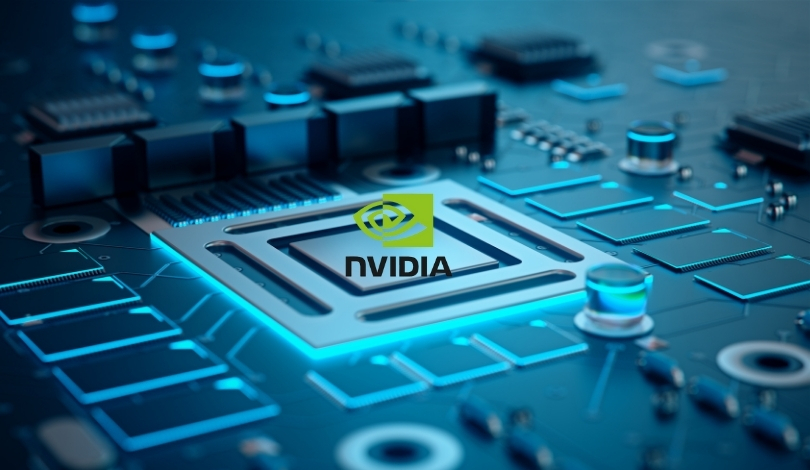Anticipation has been steadily building for Nvidia’s next graphics card launch, as enthusiasts look toward upcoming industry events for key announcements. With the success of the GeForce RTX 40 series, many expected the company’s next GPU debut to coincide with the high-profile CES 2026. However, recent developments suggest a revised timetable, signaling a potential shift in Nvidia’s usual release pattern. Many gamers and technology sector observers are now preparing for a launch as early as later in 2025, rather than waiting another year. This possible acceleration raises questions about market strategy and technological advances driving Nvidia’s decision.
Previously, Nvidia favored announcements for new GPUs at major trade shows like CES or Computex, with product launches often following several months after. Past generations, such as the GeForce RTX 30 series, adhered to this approach, establishing a predictable cadence of unveilings and releases. This new timeline suggests a departure from these established patterns and indicates an eagerness to introduce new hardware sooner than before. The speculation comes amid heightened competition within the graphics card industry, as rival brands frequently update their own product roadmaps and attempt to address growing consumer demand.
Why Did Nvidia Adjust the Release Window?
The shift to an earlier launch window points to several potential factors, including supply chain optimization and a desire to maintain momentum in the graphics card market. By releasing its next major GPU before CES 2026, Nvidia appears to be seeking an advantage over competitors. The company has indicated that aligning closer with customer expectations can lead to improved market readiness for new technology.
Nvidia stated, “Bringing our latest GPUs to market sooner gives partners and gamers more options.”
Recent comments from company representatives also suggest that Nvidia will continue monitoring industry events to fine-tune their timelines.
What Can Consumers Expect from the Upcoming GPUs?
The not-yet-named graphics cards are expected to feature new architectures, possibly advancing performance metrics beyond the current GeForce RTX 40 series. Industry sources report that higher efficiency and improved ray tracing capabilities could be among the new specifications. Pricing, model names, and detailed specifications remain unconfirmed, though Nvidia has emphasized improved accessibility and broader availability for consumers worldwide.
“We’re focused on ensuring our next generation sets a new standard for GPU innovation,” the company commented.
These upgrades reflect ongoing efforts to satisfy both existing fans and attract new users.
How Does This Affect Industry Competition?
Nvidia’s revised launch schedule could impact how competitors like AMD and Intel approach their own release strategies. Accelerating the debut of new graphics cards may pressure rivals to fast-track their product cycles as well. Additionally, this approach could influence third-party partners, system integrators, and PC manufacturers who rely on early access to new GPU models for their upcoming desktop and laptop line-ups. The rush to secure a share of the premium graphics segment might intensify as a result of these new timings.
The change in Nvidia’s launch plans highlights the dynamic nature of the GPU market, where companies strive to outpace one another on both technology and timing. While previous launches were tied to annual tech conferences, the possibility of a late 2025 release underscores a more flexible strategy. Industry followers should monitor official announcements for confirmation, as ongoing speculation could affect investment, resale values, and upgrade planning in the PC gaming sector. People interested in future Nvidia GPUs may benefit from tracking both official news and supply chain developments, as these factors often signal when new products are likely to be available.










